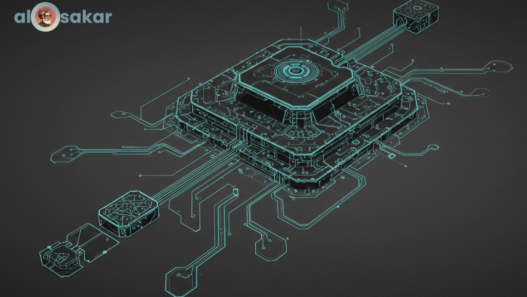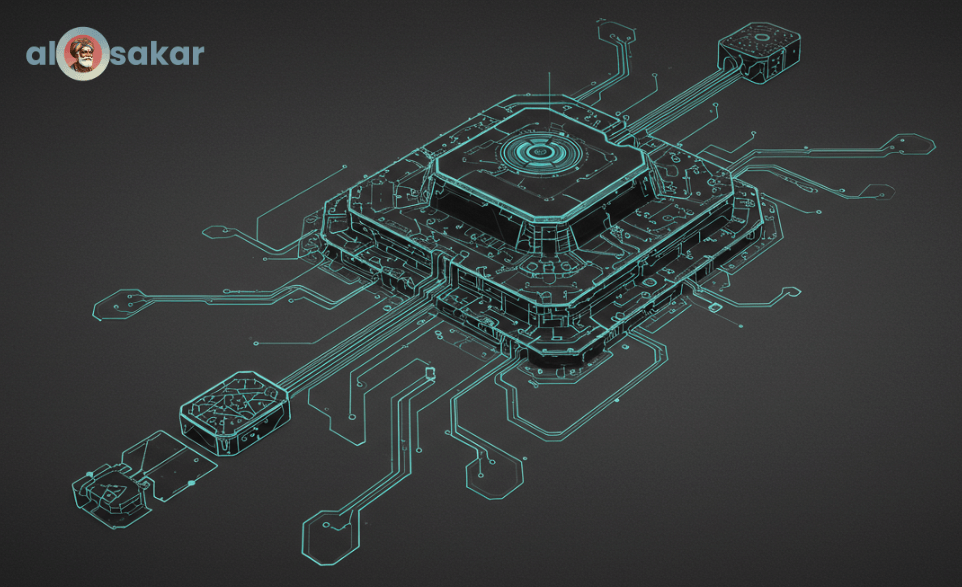TLDR: Muse is a generative AI model by Microsoft Research and Ninja Theory designed to help game developers with ideation and prototyping. Trained on gameplay data, it can generate consistent and diverse gameplay sequences, adapt to modifications, and assist in revitalizing classic games. Muse is available on Azure AI Foundry.

Muse, a generative AI model from Microsoft Research and Ninja Theory, is designed to assist game creators with gameplay ideation. Featured in a Nature journal publication, Muse represents a significant advancement in utilizing AI to potentially transform the gaming industry, aiding both players and creators alike.
What is Muse?
Muse is a groundbreaking World and Human Action Model (WHAM), the first of its kind, trained on gameplay data from Ninja Theory’s multiplayer battle arena game, Bleeding Edge. What sets Muse apart is its detailed understanding of the 3D game world, including physics and reactions to player actions. This enables Muse to generate consistent and diverse AI-rendered gameplay, marking a major advancement in generative AI for game creation.
Gameplay Examples Generated




C
credit: Microsoft Blog
How Muse Can Empower Game Developers
Microsoft Research interviewed 27 game creators, from indie to AAA studios, to understand how generative AI could support and expand their work. The insights from these interviews shaped the development of Muse, ensuring its relevance and usability for game developers.
Muse benefits game developers

- Muse can assist game developers in streamlining the creation of new gameplay experiences and content, as well as facilitating the rapid prototyping and ideation processes. Developers can quickly explore and refine their ideas by generating a wide range of gameplay sequences from initial prompts.
- Muse can revitalize classic games by optimizing them for modern devices, making them accessible to a wider audience and transforming the preservation and experience of these games.
- Muse has the capacity to facilitate collaborative game design between developers and AI, and could even enable player participation in the content creation process. This could potentially lead to innovative community-driven content and personalized gaming experiences.
Muse’s Core Features
- Consistency: The model generates gameplay sequences that adhere to the game’s dynamics, including physics and character movements.
- Diversity: Muse can generate a range of gameplay variations from the same initial prompt, exploring a wide spectrum of possibilities. For example, given the same starting point, Muse can produce diverse camera movements, character paths, and visual elements like different hoverboards.
- Persistency: Muse can incorporate user modifications into generated gameplay sequences, adapting to newly introduced elements. For instance, if a character is added to an existing game visual, Muse can generate plausible scenarios that integrate the new character.
Getting Started with Muse
Muse, its model weights, sample data, and interactive interface are available on Azure AI Foundry.This allows developers and researchers to explore the model and experiment with its capabilities.
Conclusion
Muse represents a significant advancement in generative AI for gaming, offering game developers powerful tools for ideation, prototyping, and content creation. By embracing a collaborative and responsible approach.
Sources: Microsoft Research Blog, Google DeepMind Blog




















